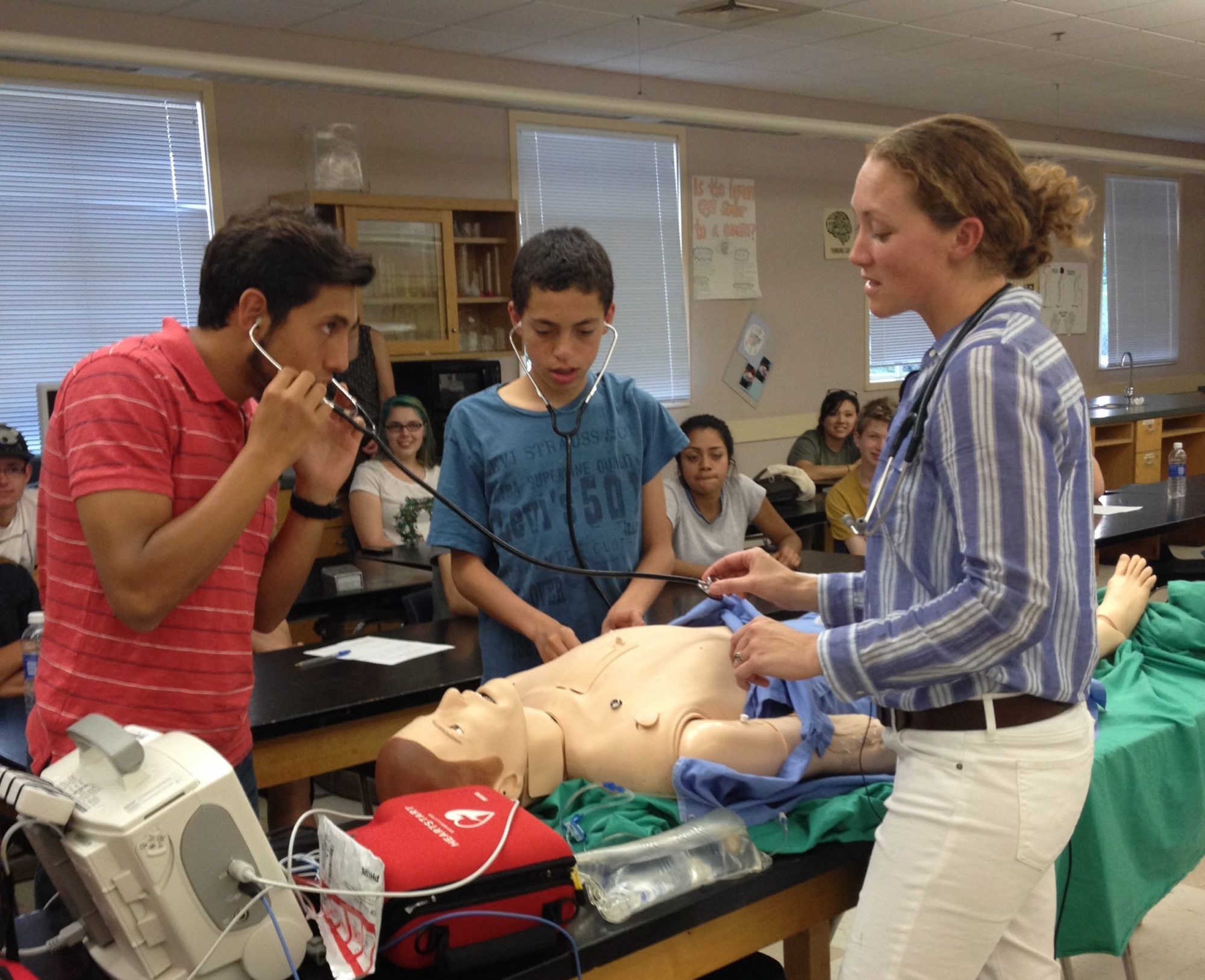By Zack Griggy, San Marin HS
E-cigarettes, or electronic cigarettes, are marketed as a healthier and safer cigarette. But is it really? Multiple organizations, such as the Centers for Disease Control and Prevention and the World Health Organization have found that they are not at all safer that traditional cigarettes.
 |
Newer e-cigarettes sometimes don’t resemble
traditional cigarettes at all. |
A traditional cigarette burns the leaves from the tobacco plant. Tobacco is a plant that naturally contains nicotine, the main addictive agent in cigarettes. Nicotine is also used as a strong insecticide and is so strong that a drop of pure nicotine can kill a person. When tobacco is burned, nicotine is released in the smoke. The smoker can then inhale the smoke and experience a high feeling, which is caused by excess levels of dopamine from the nicotine. In addition to
tobacco,cigarettes can also contain thousands of toxic chemicals, the purpose of which could be anything from making cigarettes combustible to enhancing the addictive effects of the nicotine.
An e-cigarette, on the other hand, vaporizes liquid nicotine, and releases vapor. The process of smoking e-cigarettes was dubbed “vaping” because of this process. The e-cigarette is composed of a cartridge that contains e-liquid, an atomizer that heats the e-liquid, a battery, a sensor that determines when someone is taking a drag and activates the atomizer, and, sometimes, a light that simulates smoking. When a person decides to take a puff of the vapor, the sensor detects this and activates the light and atomizer. The atomizer, once activated, vaporizes the e-liquid and then releases the vapor so it can be inhaled.
 |
E-cigarettes are composed of five parts. The orange section is
composed of the sensor and cartridge. The metallic silver section is the
atomizer. The white section is the battery and light. |
E-cigarettes are widely marketed as a safer way to get high off of nicotine, but the FDA has found that contrary to the marketing, e-cigarettes are not safe. E-cigarettes are not yet regulated by the FDA. This means that e-cigarette manufacturers do not have to list any or all of the nefarious substances found in the e-liquid. So, when someone “vapes,” they inhale all sorts of unknown chemicals. With
e-cigarettes, one might be inhaling a few toxic chemicals or a few thousand. However, e-cigarettes are slightly healthier than traditional cigarettes, mainly because e-cigarettes do not result in as much smoke as traditional cigarettes.
To make matters worse, e-cigarette use is on the rise. E-cigarettes were invented in 2003, but has only recently gained popularity. Now, it is the most commonly used tobacco product in US high schools, and from 2013 to 2014, e-cigarette use among high school students tripled from 660,000 students to over 2 million students. E-cigarette use is clearly a growing problem. Marketing, mostly the TV marketing, was attributed to this recent spike in e-cigarette usage.
E-cigarettes in spite of their marketing, are not safe products. E-cigarettes contain nicotine, a poisonous chemical, and all sorts of other unknown toxins. Because of marketing, e-cigarette use is increasing. E-cigarettes are slightly healthier than traditional cigarette because there is not nearly as much smoke produced.
Sources
1.http://healthliteracy.worlded.org/docs/tobacco/Unit4/1whats_in.html
2.http://www.drugabuse.gov/publications/research-reports/tobacco/what-are-medical-consequences-tobacco-use
3.http://www.nbcnews.com/tech/tech-news/vaping-101-how-do-e-cigarettes-work-n88786
4.http://www.nbcnews.com/health/health-news/5-facts-about-e-cigarettes-fda-no-its-not-ban-n88746
5.http://www.cdc.gov/media/releases/2015/p0416-e-cigarette-use.html
To learn more about e-cigarettes and the risks attributed to them and other important health issues, be sure to join us Wednesday, October 7th, to hear Julie Pettijohn MPH of the California Department of Public Health discuss these important topics at Terra Linda High School, 320 Nova Albion Way, in Room 207








